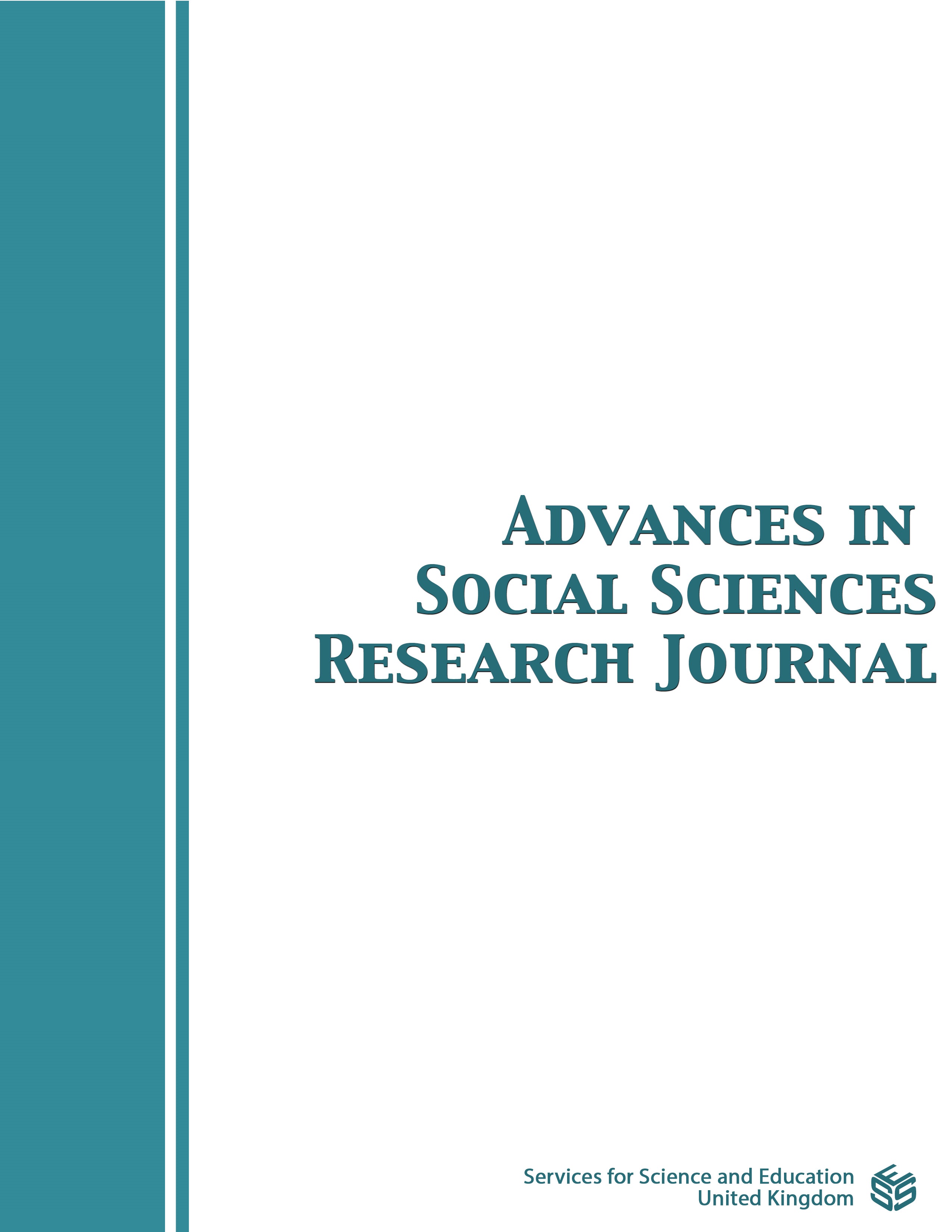The Effect of Using the Reciprocal Teaching and Training Methods on Some Elements of Physical Fitness Among Female Physical Education Students at Palestine Technical University
DOI:
https://doi.org/10.14738/assrj.1012.16119Keywords:
reciprocal teaching method, training teaching method, physical fitness elements, Palestine Technical UniversityAbstract
The current study aimed to identify the effect of using the reciprocal and training methods of teaching on some elements of physical fitness among female physical education students at Palestine Technical University. In order to achieve the objectives of the study, three physical tests were applied. The study used the experimental approach to measure the level of some Elements of physical fitness (speed, muscular strength, and flexibility) according to the teaching method used. The study sample consisted of all (40) fourth-year female students in the Department of Physical Education at Kadoorie University in the first semester of the academic year 2021/2022. The results of the study showed that the students who studied by the reciprocal method obtained the lowest arithmetic mean (5.77 seconds) in the dimensional measurements of speed. This indicates that it is the most effective method in improving the runner's speed, followed by the students who studied the training method with an arithmetic mean of (6.14). As well as the same arrangement in the post-measurement of flexibility, where the average flexibility of the students who studied by the reciprocal method was (38.20). In light of theses results, a set of recommendations were put forward, the most prominent of which is that teaching methods in physical education have the highest probability of positively affecting a large number of female students. It is necessary to diversify the use of teaching methods in Physical education classes due to the specificity of each teaching method in the development of physical activity.
Downloads
Published
How to Cite
Issue
Section
License
Copyright (c) 2023 Fatema Abu Alhayja, Talel Maddeh, Ines Souid, Awad Qasim Budaier, Abderraouf Ben Abderrahman

This work is licensed under a Creative Commons Attribution 4.0 International License.
Authors wishing to include figures, tables, or text passages that have already been published elsewhere are required to obtain permission from the copyright owner(s) for both the print and online format and to include evidence that such permission has been granted when submitting their papers. Any material received without such evidence will be assumed to originate from the authors.






